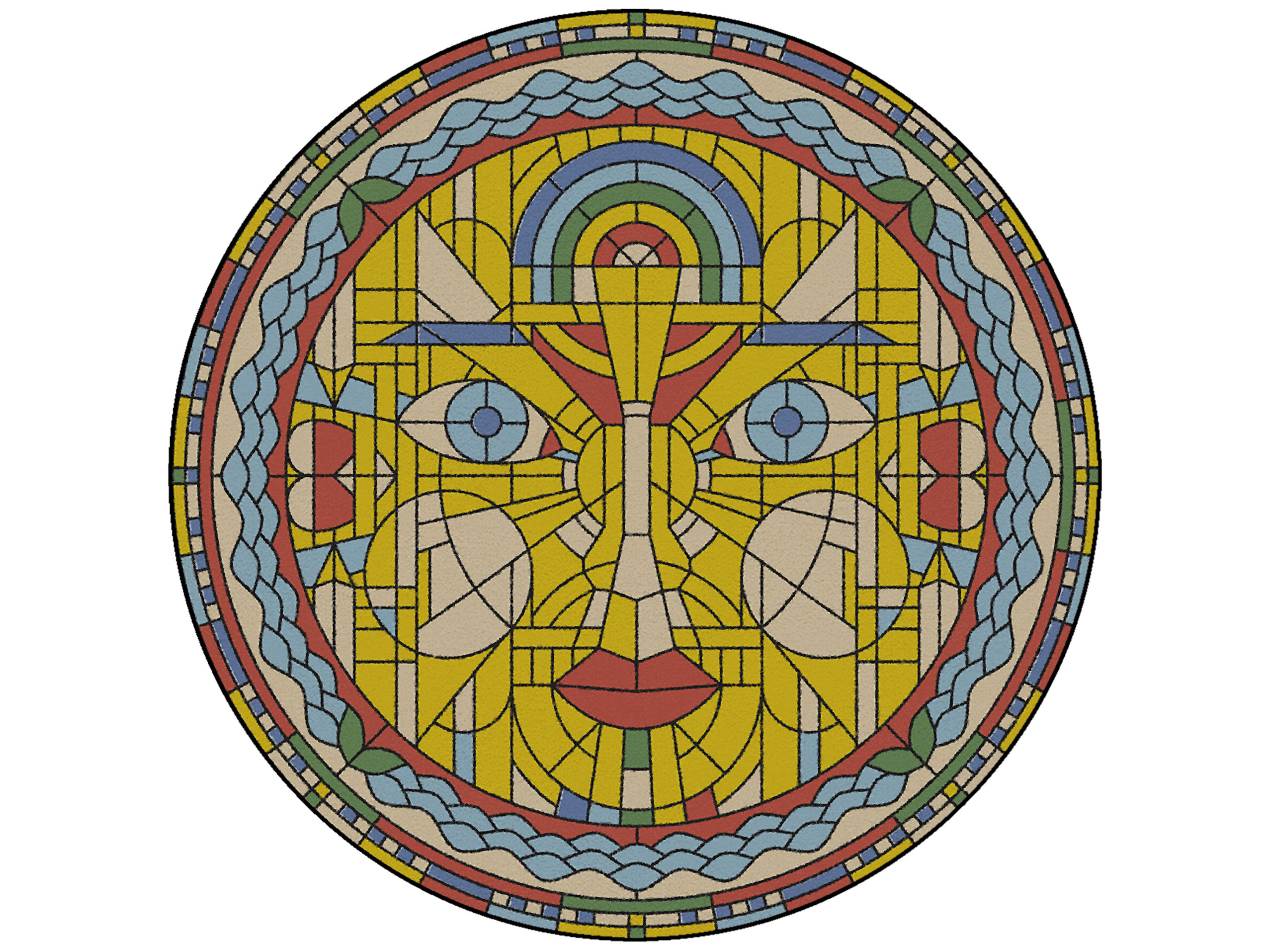

Use a spot remover to vanish last traces of gum. Wait until the gum becomes brittle and easily breaks off. To remove chewing gum, press ice cubes against the spot.Wait a few minutes until the wax is absorbed into the blotter.

Place a hot iron over the blotter (move constantly and do not let the iron stay in one place).

The term 'stained glass' seems to have come into use around the beginning of the nineteenth century as a contraction of ‘painted and stained glass’ in the Middle Ages it was simply called 'glass' or 'glaziers’ work' in Germany it is 'Glasmalerie' and in France it is 'vitrail'. But it is still rather like describing paintings as ‘painted canvas’ or sculpture as ‘wrought stone’. Indeed, if by “stained” one means the application of silver oxide to colorless glass to give a yellow color, there are many windows in which this is quite absent on the other hand, if the word ‘stained’ means the basic coloring of the molten glass – the point at which color ‘strikes’ or becomes fused – ‘colored glass would be a more apt description. The very phrase stained glass is a stumbling block, for we have a great art form described by words that relate only to one part of its process. Its essential form is two-dimensional, non-tactile mostly monumental in scale and placed (normally) in non-utilitarian buildings for the purpose of assisting the creation of a special atmosphere as required/requested/commissioned. Stained glass, in strictly technical terms, can be described as an assemblage of variously colored pieces of glass supported in a single flat plane by leads and fixed more or less permanently in a frame of stone, wood, or metal the design being expressed partly by the arrangement of the shapes of glass and leads, and partly by the addition of glass paint and stains rendered impervious to erasure by being fired into the surface of the glass before leading-up (or glazing).


 0 kommentar(er)
0 kommentar(er)
